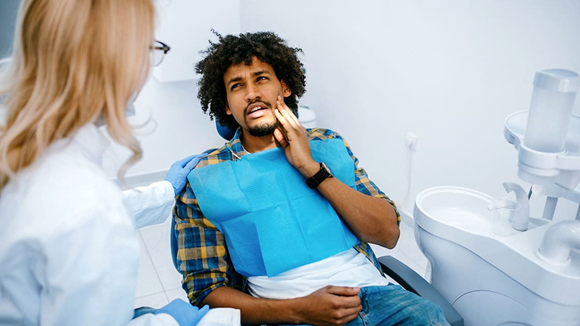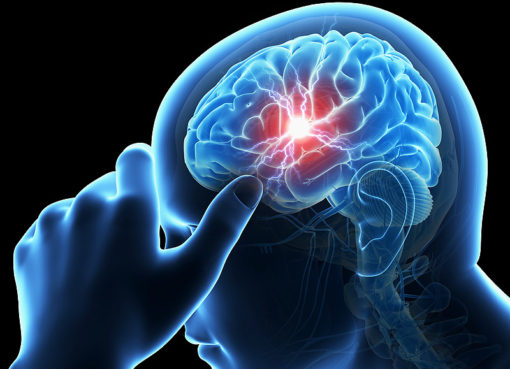The reason for stress in patients is that they often have bad memories of dentistry. Stress is the first, most important, and most common cause of emergencies. The most reported emergency cases are syncope and hyperventilation, both are related to stress. Stress can also cause problems by itself (creating conditions such as Vasopressor syncope and hyperventilation) and aggravating the person’s underlying disease, causing him problems (like most acute cardiovascular emergencies, bronchospasm, asthma, and convulsions).
As a dentist in Coal Harbour explains, when a person is stressed, a series of physiological and psychological reactions occur in her body and cause the release of catecholamines, such as the hormone epinephrine and vasoactive amines that raise blood pressure.
Local Anesthetic Drugs
The most common adverse drug reactions are related to local anesthetics. This drug is the most important and most common drug used in dentistry. Most emergencies (54.9% of cases) occur during the injection of local anesthetic because this procedure creates a stressful situation. Local anesthesia can cause emergencies in several ways:
Mental and psychological:
It is a common emergency during which the patient feels fear and anxiety and faints when he sees the syringe.
Overdose:
Like other drugs, the anesthetic can be used up to a certain dose, and if it is used more, it causes toxicity, and this dose depends on factors such as the patient’s previous problems. In healthy people, more than 10 lidocaine capsules should never be injected.
Allergies and sensitivities:
It is not very common, and unlike the previous problem, it does not depend on the dose of the drug, and it happens with the smallest amount of drug use. The most important symptom of sensitivity is “itching”.
Classification of Emergencies:
We can use several methods to classify emergencies:
Traditional method:
This division is done based on the involved system, and it gives us a complete classification. For that reason, division is done based on the system involved and is suitable for educational purposes. However, this method does not help the treatment and has disadvantages from a clinical point of view. Its main drawback is that almost all emergencies end up with heart and lung problems.
Cardiac oriented classification:
In this method, emergencies are divided into cardiovascular and non-cardiovascular groups, and then each group is divided into two stress-related and non-stress-related subgroups. From the point of view of prevention, this method is better.
Classification based on signs and symptoms:
Emergencies usually happen when doctors are not aware of the patient’s underlying problem, so they must diagnose the problem based on the patient’s symptoms and start treatment.
Prevent Emergencies

The easiest way to prevent emergencies is to have a complete and up-to-date medical history of each patient. Even the medications that the patient has taken in the past are important. It is very important to use coronet and its derivatives during the last two years.
We must record changes in health status and medication prescription. At the end of the form, we get a signature from the patient to legally confirm all this information. Based on information related to chronic diseases, heart problems, or drug treatments, special dental treatment can be performed based on the specific needs of each patient.





